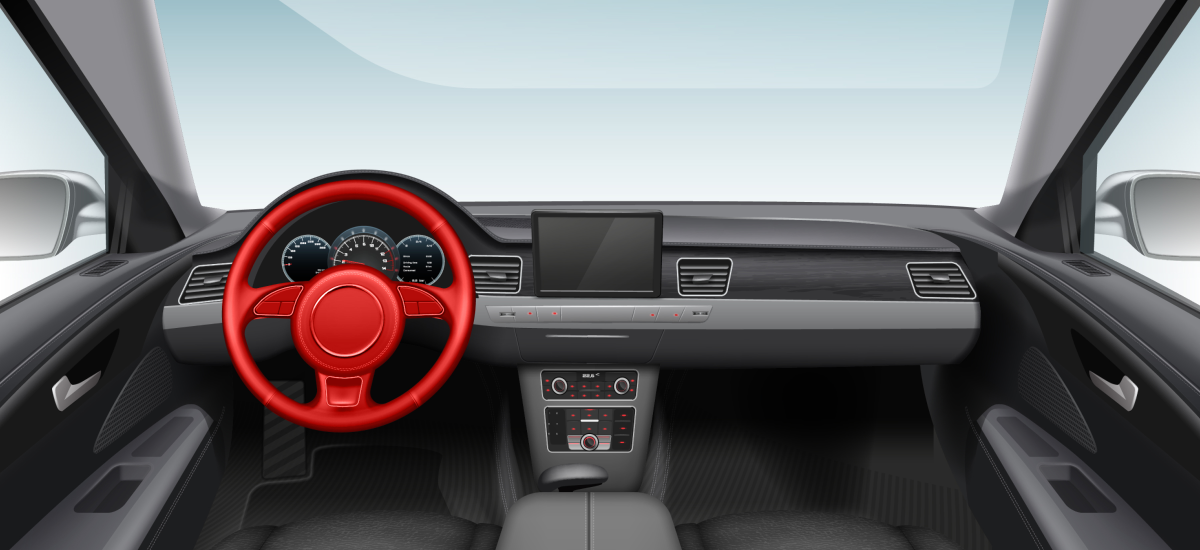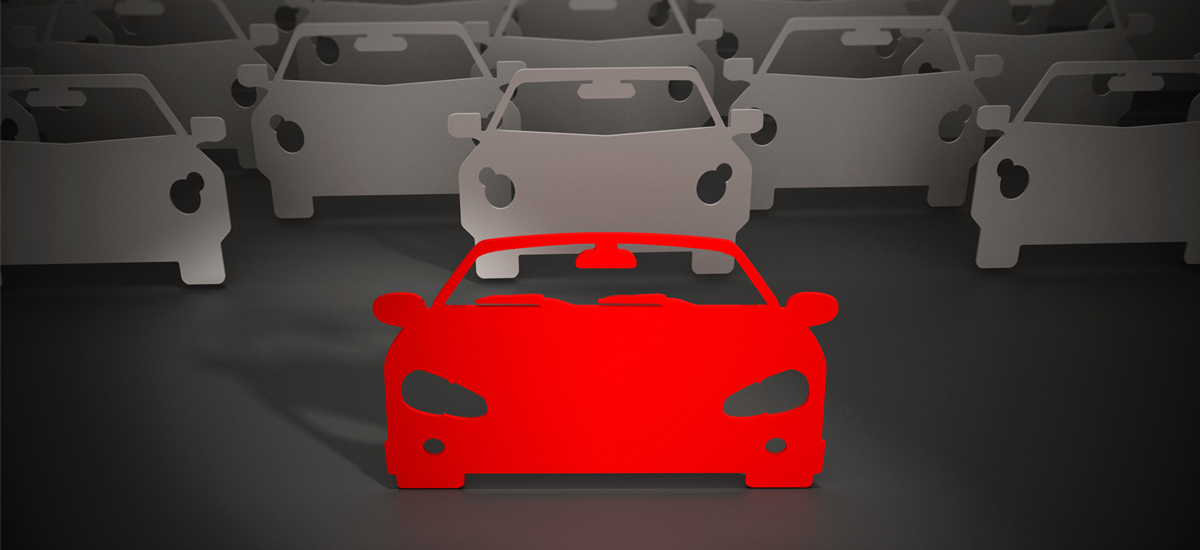When you secure car insurance, you often come across the term ‘Insured Declared Value’ (IDV). It’s an essential factor that directly influences your insurance premium and the compensation you receive in case of a total loss or theft.
So, what is the insured declared value, and how can you calculate it accurately?
What is IDV in Car Insurance?
The IDV in car insurance means the maximum sum assured that the insurance company will pay if your car is stolen or damaged beyond repair. In simpler terms, IDV represents the current market value of your vehicle, considering depreciation.
IDV in car insurance is particularly important as it influences two critical aspects:
- Premium you pay
- Claimed amount you receive in case of total loss or theft
Note: While IDV is critical in a comprehensive car insurance policy, it doesn’t play a role in third-party car insurance. Third-party insurance only covers damages caused to another person’s vehicle or property and does not cover the policyholder’s car. Therefore, IDV in car insurance is particularly relevant for those seeking comprehensive coverage.
How to Calculate IDV for Car Insurance?
Many insurers provide an IDV value calculator on their websites. These calculators make it easier to determine the IDV by entering your car’s details, such as the make, model, year of manufacture, and current condition. The calculator will then provide you with ‘what is IDV in insurance.’
Secondly, the manual calculation of IDV in insurance follows a straightforward method. Here’s a step-by-step guide on how to calculate IDV for car insurance:
Step 1: Determine the Ex-Showroom Price
It is the original selling price of your car as listed by the manufacturer. It’s the price at which the seller sells the car in the showroom.
Step 2: Calculate Depreciation
Depreciation applies to the ex-showroom price based on the car’s age. The older the vehicle, the higher the depreciation. The depreciation rates are as follows:
- Less than 6 months old: 5% depreciation
- 6 months to 1 year: 15% depreciation
- 1 to 2 years: 20% depreciation
- 2 to 3 years: 30% depreciation
- 3 to 4 years: 40% depreciation
- 4 to 5 years: 50% depreciation
Step 3: Arrive at your IDV in car insurance
What is IDV in insurance? Deduct the value of depreciation calculated in Step 2 from the car’s value in Step 1.
If the ex-showroom price of a car is ₹10,00,000 and it is 3 years old, the depreciation would be 30% of ₹10,00,000, which is ₹3,00,000. Therefore, the IDV of the car would be ₹10,00,000 - ₹3,00,000 = ₹7,00,000.
Factors Affecting IDV in Car Insurance
The IDV is affected by the following factors:
- Car’s make and model
- Age and depreciation
- Place of registration
- Accessories
Importance of Accurate Calculation of IDV in Insurance
The correct calculations for ‘what is IDV in car insurance’ are essential to ensure you are neither overinsured nor underinsured. If you overstate the IDV, your premium will be higher, but the claim amount will still be capped at the car’s actual market value. On the other hand, if you understate the IDV, you might save on premiums, but in the event of a claim, you may not receive sufficient compensation to replace your car.
Consider the case of Mr Sharma, who owned a three-year-old sedan. When renewing his car insurance, he decided to use the IDV value calculator provided by his insurer. After entering his car’s details, the calculator suggested an IDV of ₹4.5 lakhs. Mr Sharma could manually adjust this value but chose to stick with the recommended IDV. A few months later, his car was involved in a severe accident and was declared a total loss. Thanks to his accurate IDV calculation, Mr Sharma received the total claim amount without any disputes, allowing him to purchase a new vehicle.
In contrast, let’s look at Mrs. Rani, who also owns a car of similar make and model. She decides to lower her IDV to reduce her premium. Unfortunately, her car gets stolen. When she files a claim, she realises that the lower IDV in car insurance means insufficient payout to replace her car. You could avoid this situation with a more accurate IDV calculation.
IDV and Policy Renewal
When renewing your car insurance, you should reassess the IDV. The IDV value calculator should be your go-to tool during renewals to ensure your policy accurately reflects the car’s current market value. It is essential if you plan on selling your vehicle.
Now that you have answers to ‘what is insured declared value’ and how to calculate it, you can decide about your car insurance policy. An accurate IDV in car insurance means you receive proper compensation in case of a claim without overpaying your premiums. It’s a setting balance between affordability and adequate coverage.
So, why wait? Buy or renew your policy with Generali Central, which offers comprehensive and third-party car insurance plans that meet your needs and budget.






















